Rome, in 2025, once again became a global crossroads, the scene of momentous events. Coinciding with theJubilee year, the capital experienced the sudden death of Pope Francis during the Easter celebrations and the election of the new pontiff, Leo XIV, marking a historical and spiritual transition of great intensity. In this context of exceptionality and transformation, the VIVE - Vittoriano and Palazzo Venezia, under the direction of Edith Gabrielli, opens today, June 26, the exhibition Open City 2025. Rome in the Jubilee Year, which can be visited until September 28 in the spaces of the Zanardelli Room at the Vittoriano. The exhibition is curated by Roberto Koch and Alessandra Mauro and is the brainchild of VIVE’s director.
"Open City 2025 is an unprecedented exhibition project with a strong contemporary value,“ says Edith Gabrielli, director of VIVE-Vittoriano and Palazzo Venezia. ”The idea behind it is simple: to ask three photographers of extraordinary sensitivity, such as Diana Bagnoli, Alex Majoli and Paolo Pellegrin, to observe Rome in the time of the Jubilee, not as chroniclers but as artists. Indeed, art has a powerful role: it illuminates the obvious and restores depth to what surrounds us. The work of the three authors, on display in the Zanardelli Room of the Vittoriano, responds strongly to this impulse. As a testament to the value of this project, VIVE has acquired two works by each photographer in its permanent collection. An initiative that recognizes these looks a lasting place in the visual memory of the city of Rome."
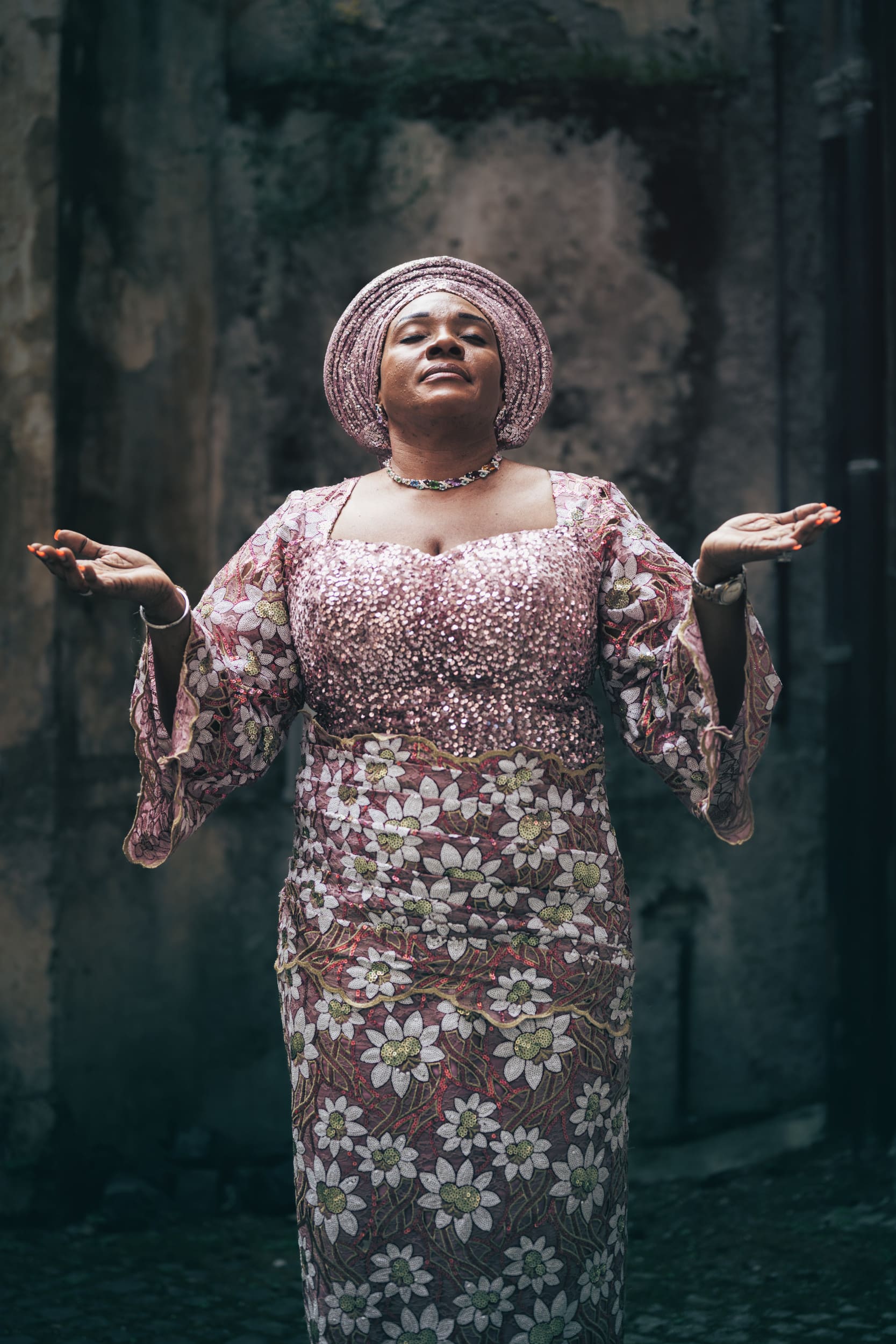
“The city is a body that moves and changes in time and space,” say curators Roberto Koch and Alessandra Mauro. “And Rome, Urbs par excellence, is a perfect example of this: to observe it is to verify, in a city that has always been portrayed, photographed, represented and evoked, what the real and imaginary boundaries of its ever-changing urban space might be.”
The project stands as a visual and documentary investigation conducted by three internationally renowned authors, Diana Bagnoli, Alex Majoli and Paolo Pellegrin. The more than two hundred images on display, made in black and white and color, return a polyphonic tale of the eternal city in a moment suspended between ancient rituals and contemporary reality. The intent of the exhibition is to record the cultural and social transformations of the capital in a period marked by profound changes. The exhibition develops on two levels, bringing into dialogue the different visions of the three photographers, each of whom has chosen an autonomous but complementary approach. Diana Bagnoli focuses on the multi-ethnic Catholic communities present in Rome, documenting the itinerant and participatory dimension of the Jubilee. Her color images reflect a widespread spirituality, embodied by the pilgrims who come to the capital from all over the world, united by a sense of travel and concrete forms of solidarity.
“It struck me to see how there are so many different communities living together in one city. In Rome we go from the magnificence of the Vatican to a vibrant, rich but sometimes very poor migrant context. This contrast filled my eyes and heart,” says Diana Bagnoli.
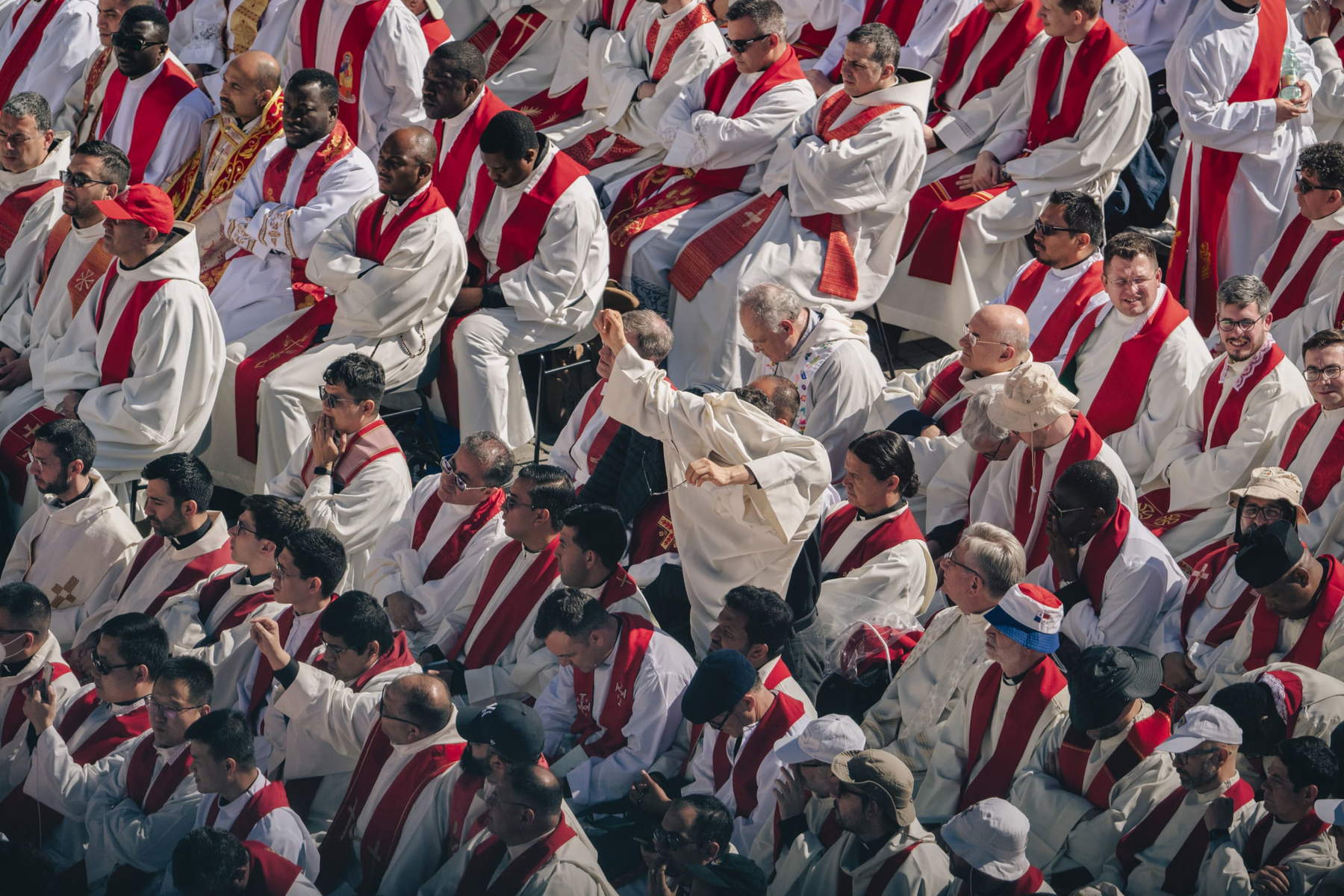
Instead, Alex Majoli adopts a theatrical gaze: for him the city becomes a stage, a dramaturgical space in which the rituality of the Jubilee manifests itself as a symbolic and concrete representation at the same time. His photographs render a Rome that moves along the boundaries between the sacred and the everyday, between liturgy and urban presence.
“I photographed Rome by making a portrait of contemporary society,” Majoli says. “After all, for me the meaning of photography is to bring new images, and new visual stimuli, to our society.”
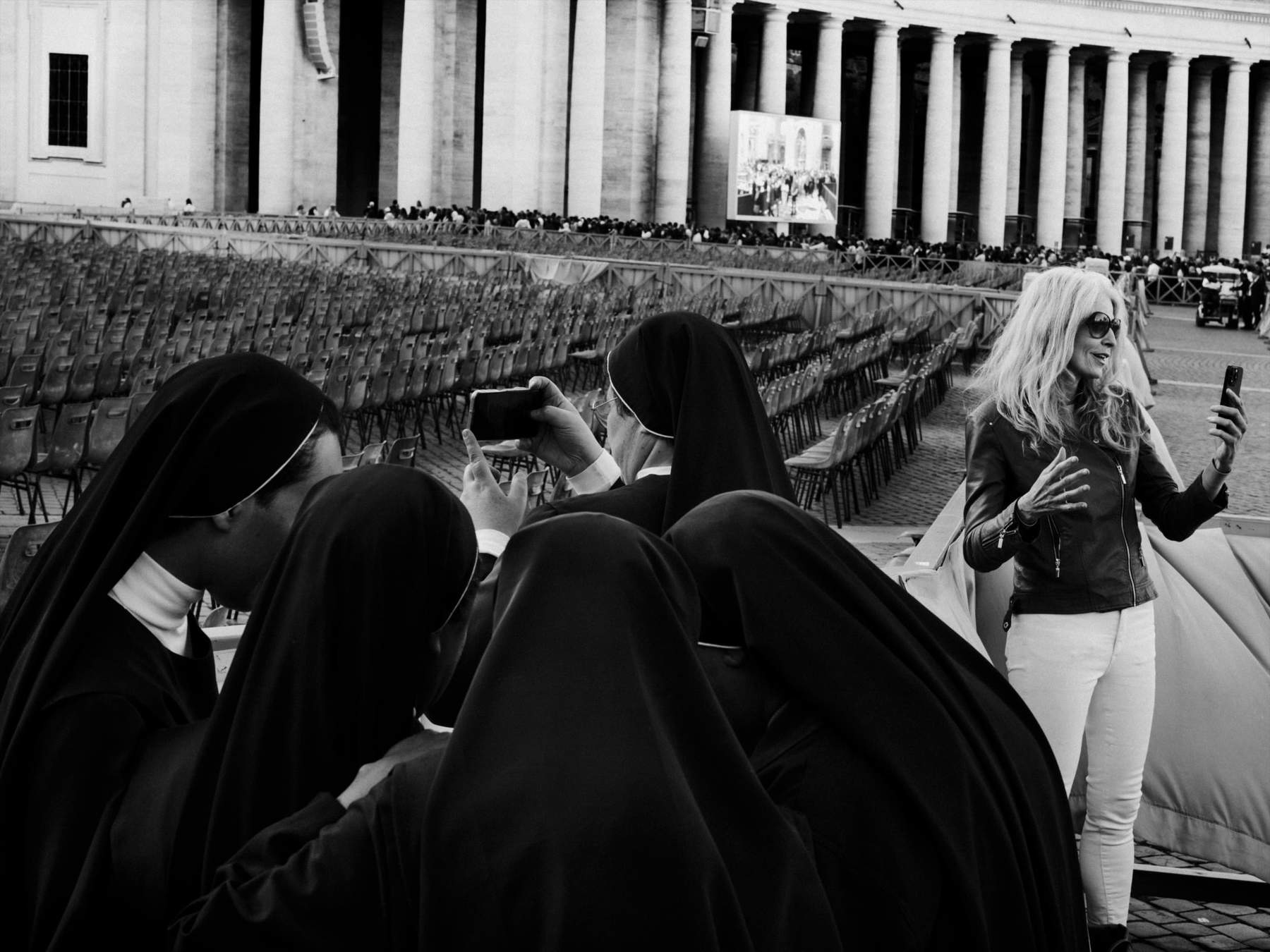
Paolo Pellegrin opts for a more personal exploration, entrusting his lens with the visual mapping of a fragmented and layered city. His path embraces the entire urban perimeter, from monumental areas to suburban areas, from the Umbertine architecture to the metaphysical architecture of Eur, to the marginal spaces and visual incongruities of Cinecittà. At the center of his photographs are the faces of the faithful, the silences of statues, the profiles of Roman pines: elements of an interior and collective landscape that Pellegrin attempts to decipher with empathy and rigor.
“Rome is full of spatiotemporal doors. You cross a threshold and enter another world. The city is like a big stage; a big theater,” Pellegrin continues.
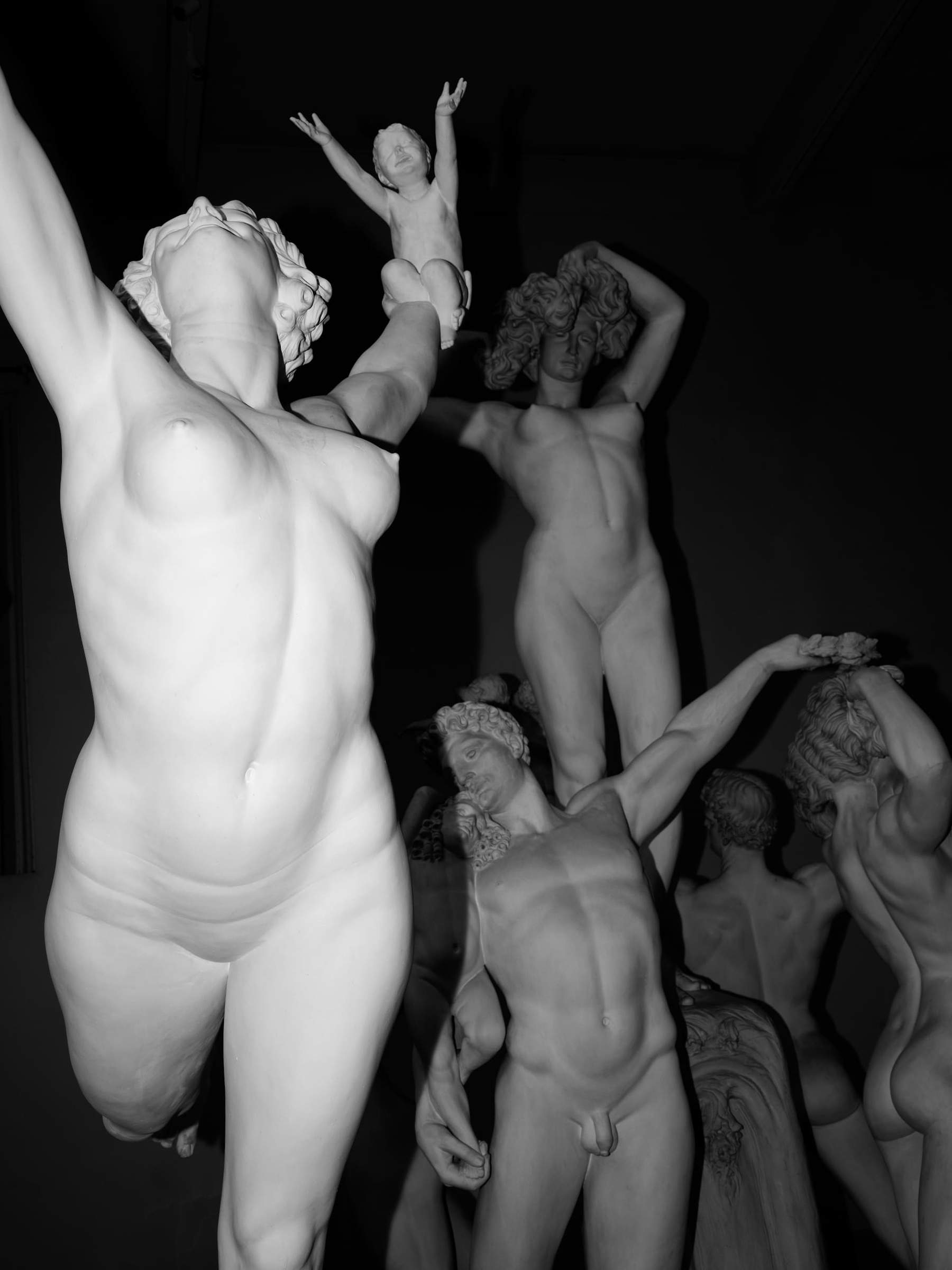
Accompanying the exhibition, three videos signed by director Paolo Freschi, an active author in the documentary, tell the behind-the-scenes story of the photographic production. Freschi followed the three authors during their work sessions, returning a discreet and reflective look at their respective creative processes. To complete the journey, an unpublished text by Valerio Magrelli runs along a large ledwall. The poet and essayist, among the most influential voices on the Italian cultural scene, has elaborated a contribution that is ideally intertwined with the images on display, shaping a textual narrative that accompanies the viewer in reading the present.
The exhibition also extends to the garden of Palazzo Venezia, transformed for the occasion into an outdoor exhibition space. A series of photographic totems, arranged among the plants and paths of the garden, evokes the works on display at the Vittoriano, creating a physical and narrative continuity between the two VIVE venues. The project is documented in a catalog published by Contrasto. Inside, an introduction by director Gabrielli, an essay by Valerio Magrelli and a text signed by Alessandra Mauro and Roberto Koch offer additional reading tools, consolidating the cultural value of the operation and the role of VIVE as a critical observatory on our time.
Diana Bagnoli, born in Turin in 1982, trained in photography in Barcelona, where she began to focus on portraiture and reportage, guided by a strong interest in social and environmental issues. In 2009 she was awarded Photographer of the Year at the FIOF Photography Awards.
Since then she has been pursuing storyteller work, dedicating herself to telling stories related to marginal realities and meaningful human experiences. Throughout her career she has particularly delved into the dynamics of personal relationships and their impact on the social fabric. Between 2015 and 2019 he turned his gaze toward mysticism, documenting indigenous cultures and spiritual practices in five different countries. In 2020 he was awarded the National Geographic Society’s COVID-19 Emergency Fund to follow the Cuban medical brigade first in Italy and then in Cuba, a project that resulted in the book Juntos and was included in the collective collection Inside the Curve, Stories from the Pandemic, published by the National Geographic Society itself.
His work has been published in such publications as The Guardian, The Washington Post, GEO Magazine, National Geographic and Elle, and he has collaborated with NGOs such as Amref Health Africa and NPH in Haiti. His photographs have been exhibited in several international venues, including Visa Pour l’Image (France, 2020), theIndian Photo Festival in New Delhi, and the Lodi Ethical Photography Festival (2019).
Alex Majoli, born in Ravenna in 1971, studied at the Art Institute of his city. His interest in photography emerged at a young age, immediately directing his research toward the representation of the human condition and the “theater” hidden in everyday life. His beginnings as a photojournalist are marked by a crucial moment: the reportage on the closure of the asylum on the Greek island of Leros, from which his first monograph, Leros, takes shape.
In the following years he combined activity related to international current events with more personal and conceptual research. His habit of photographing people in extremely diverse contexts led him to reflect on the idea that each individual, after all, plays his or her own role. From this insight was born Scene, a visual project in the making. Through complex, large-format images, veritable tableaux vivants, Majoli builds visual narratives that condense minimal events or major contemporary dramas, tensioning the relationship between reality and fiction, between document and interpretation.
His work moves along the fine line between art and reportage, questioning the nature of images and the way we perceive them. Since 1996 he has been a member of the Magnum Photos agency, which he joined as a full member in 2001. He lives and works in Sicily.
Paolo Pellegrin, born in Rome in 1964, is now considered one of the most authoritative voices in the international panorama of photography. After an initial course in Architecture at La Sapienza University, he trained as a photographer at the Italian Institute of Photography. Since the 1990s, he has reported with intensity and rigor on major events in international news, from the conflicts in the Balkans to Palestine, via Cambodia and Lebanon.
In 2001 he began working with Magnum Photos, officially joining in 2005. For years he worked for such leading publications as Newsweek and The New York Times Magazine, becoming a point of reference in contemporary photojournalism. His approach, suspended between reportage and a lyrical, thoughtful vision, has earned him major awards: ten World Press Photo awards, the Leica Medal of Excellence, the Robert Capa Gold Medal Award, the Olivier Rebbot Award and the W. Eugene Smith Grant, awarded to him in 2006, among many others.
His shots have been collected in such seminal publications as The Flight of Reason (2002), As I Was Dying (2007), Double Blind (2007), Dies Irae (2011), Heart of Darkness (2015) and Paolo Pellegrin. An Anthology (2018, edited by Germano Celant). In 2022 he presented at the Gallerie d’Italia in Turin an extensive project dedicated to climate change, the result of a long work conducted in various corners of the world.
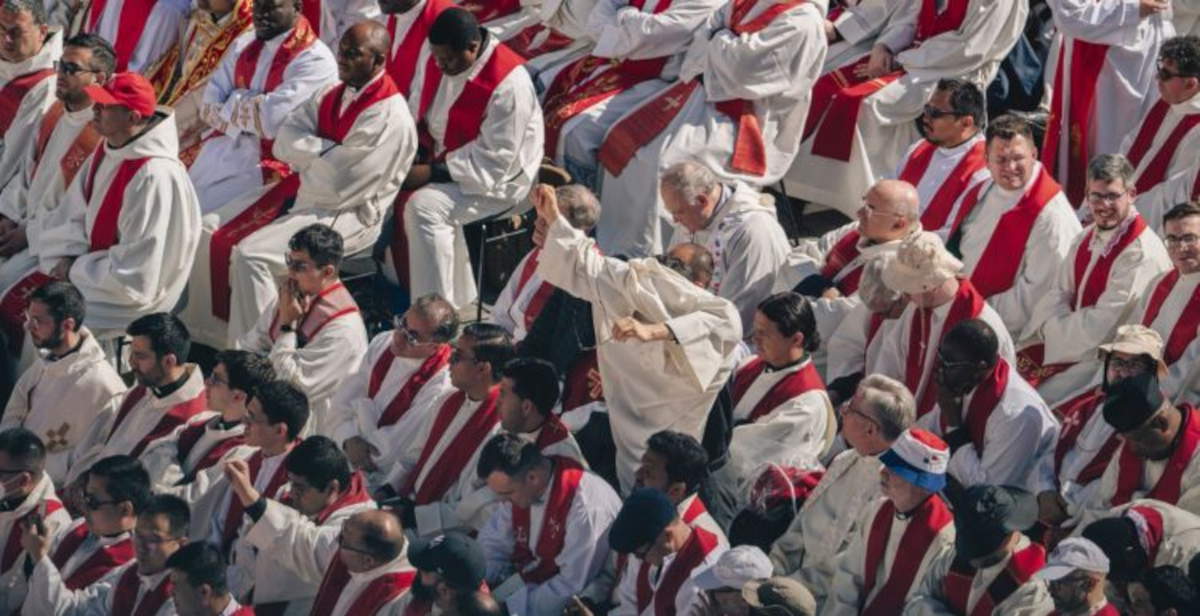 |
| Three great photographers tell Rome in the Jubilee year between spirituality and transformation |
Warning: the translation into English of the original Italian article was created using automatic tools. We undertake to review all articles, but we do not guarantee the total absence of inaccuracies in the translation due to the program. You can find the original by clicking on the ITA button. If you find any mistake,please contact us.